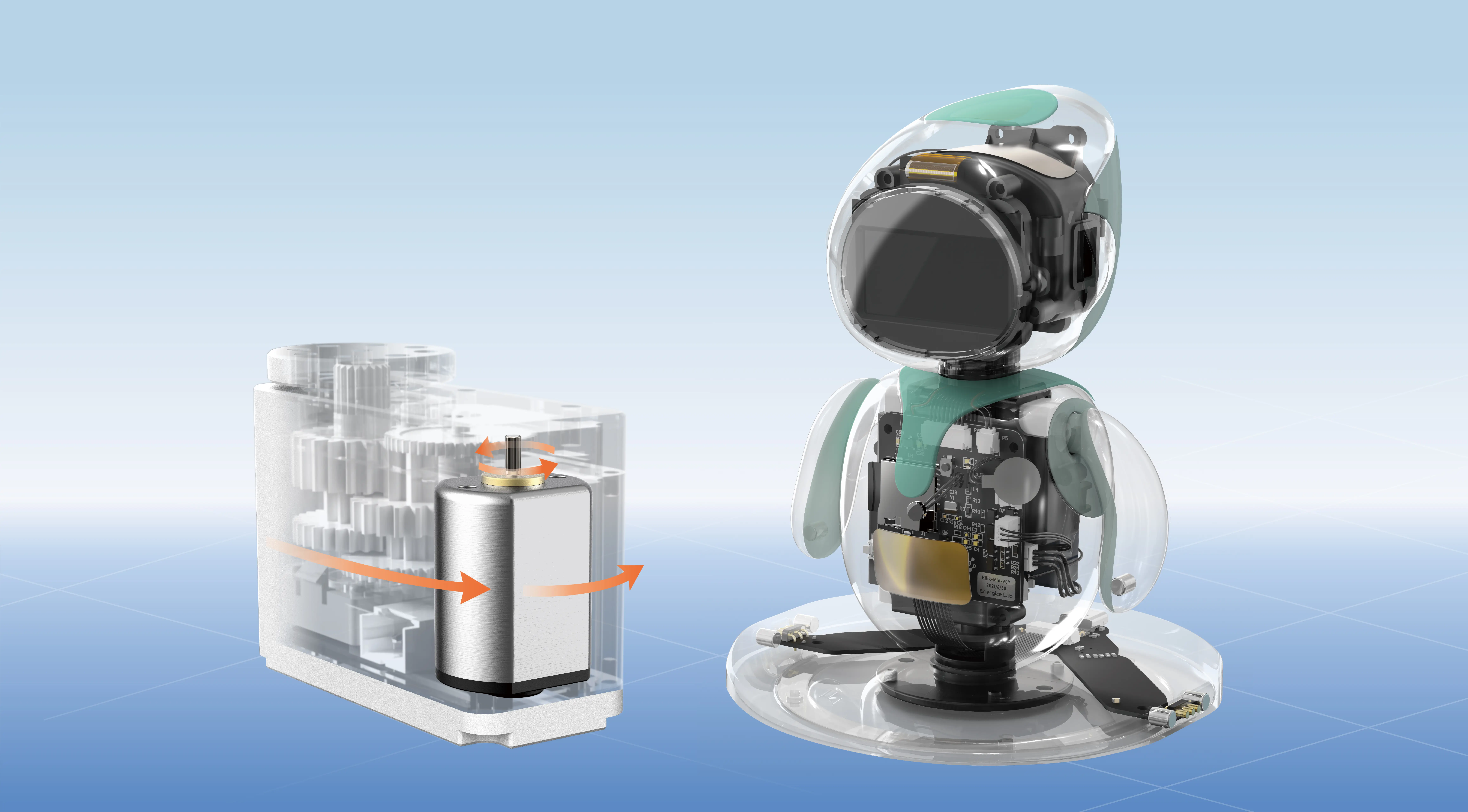Ever wonder how some of the biggest tech giants keep their software so flexible and scalable? It’s all about smart design choices—like microservices pattern, for instance. Think about it: dividing an entire app into bite-sized, independently deployable pieces is like turning a huge buffet into manageable portions. Each piece does its own thing, yet they come together to make a full, harmonious meal. That’s the power of microservice design patterns.

And right there, the device you’re using? It might be running on a system built upon these very principles. Instead of one monolithic codebase, developers craft small, focused services. This approach makes updates faster and less risky. Imagine tweaking one feature without causing a ripple across the whole system—that’s microservice magic in action. It’s like fixing one gear in a watch without dismantling the entire thing.
Looking for a way to get a grip on these patterns? A detailed PDF resource can be incredibly valuable. It’s packed with real-world examples, diagrams, and best practices. Instead of sifting through scattered articles and forum posts, you get a structured overview that takes you deep into the subject. Think of it as a roadmap, guiding you through integrating these patterns into your architecture smoothly.
Let’s get specific. Ever heard of the API Gateway pattern? It’s a microservice design pattern that acts like a middleman. All client requests funnel through it, which then intelligently directs traffic to the right service. It simplifies security, load balancing, and request routing—everything you need without the hassle. That pattern alone can drastically reduce chaos in distributed systems.
Choosing the right set of microservice patterns isn’t just about technology; it’s about strategic thinking. And having a well-organized PDF guide can save a lot of headaches. Whether you’re thinking about service discovery, circuit breakers, or data management strategies, everything’s laid out neatly. That clarity can help make educated decisions without feeling overwhelmed.
Some folks ask, “Why bother with microservice design patterns?” Well, responsiveness is king today. When your services are decoupled, you gain agility. Need to scale a particular function? Just beef up that small part instead of the entire app. The flexibility opens doors for innovation and quicker deployment.
Think about a retail platform during a holiday flash sale. Microservices can handle online orders, inventory checks, and payment processing separately. When the traffic surges, each component can scale independently. No more system crashes because one part gets overloaded—more stability, happier users.
So, how does a PDF on microservice design patterns play into all this? It’s like having a cheat sheet for building robust, scalable software. It doesn’t just tell you what patterns are out there; it explains when and why to use them. It’s practical and cutting-edge, designed to fit into your workflow.
All in all, grabbing that PDF might be the best decision you make if you’re aiming to elevate your system architecture. It offers clarity amid chaos, powerful insights, and a path to smarter, more resilient software. Isn’t that what every serious developer or architect dreams of?
Established in 2005, Kpower has been dedicated to a professional compact motion unit manufacturer, headquartered in Dongguan, Guangdong Province, China. Leveraging innovations in modular drive technology, Kpower integrates high-performance motors, precision reducers, and multi-protocol control systems to provide efficient and customized smart drive system solutions. Kpower has delivered professional drive system solutions to over 500 enterprise clients globally with products covering various fields such as Smart Home Systems, Automatic Electronics, Robotics, Precision Agriculture, Drones, and Industrial Automation.




































